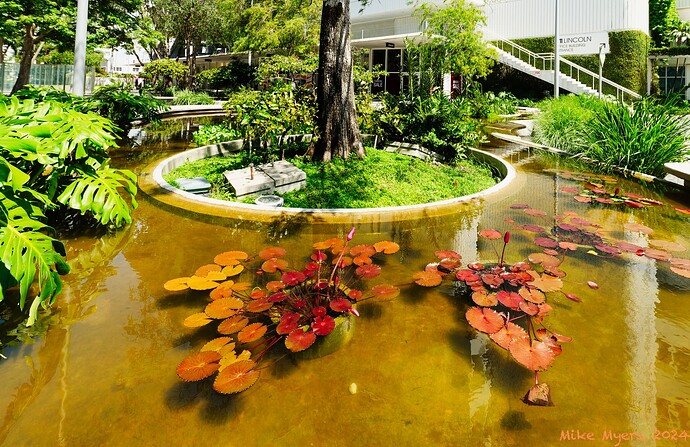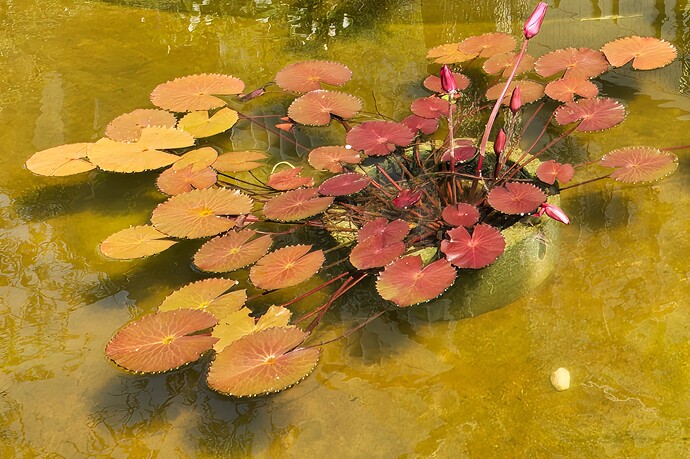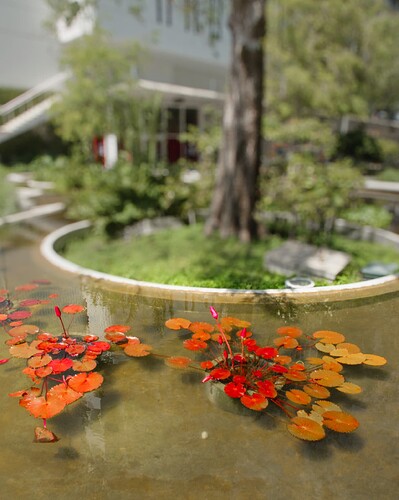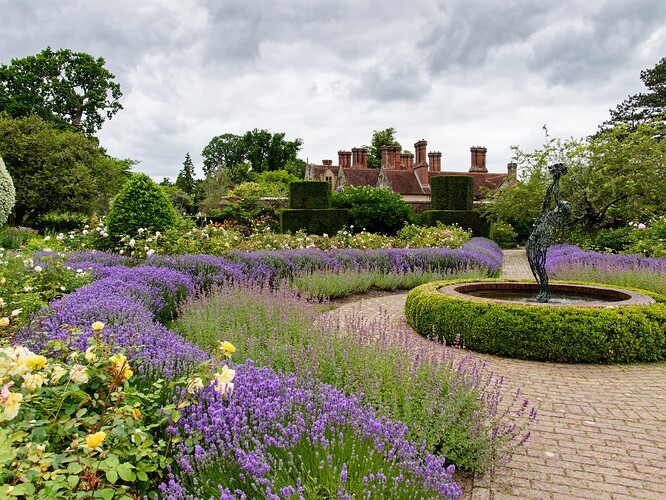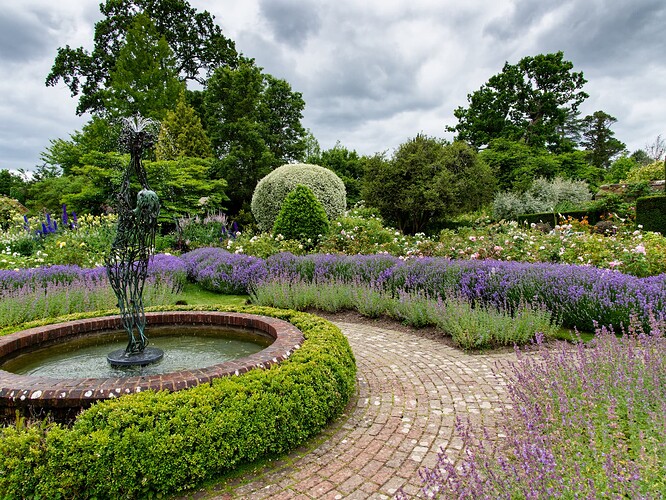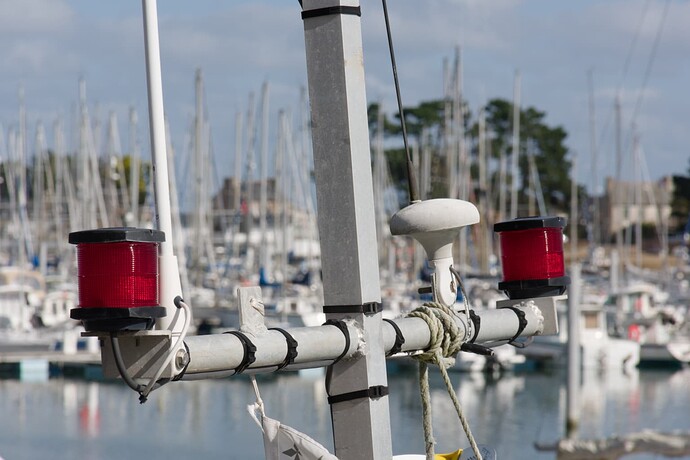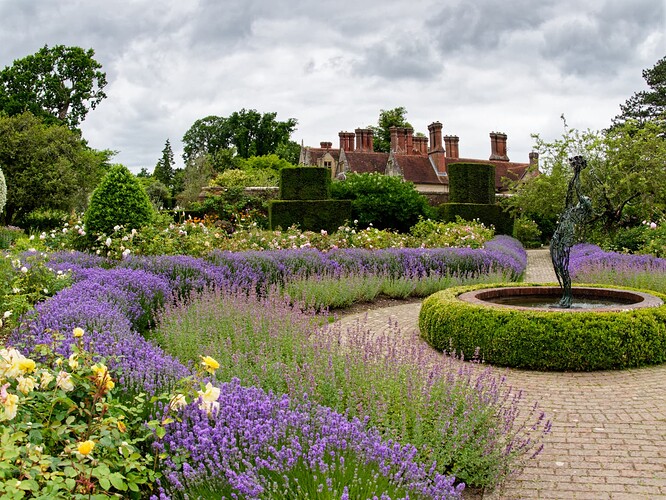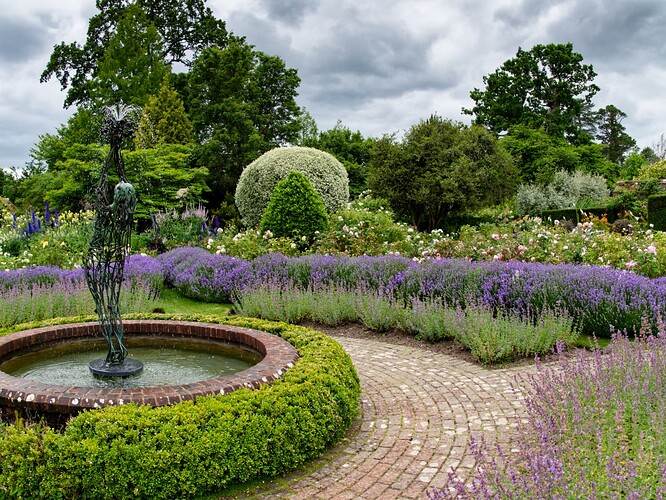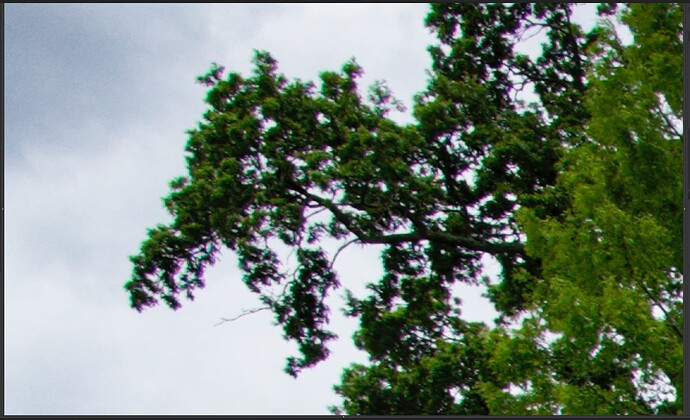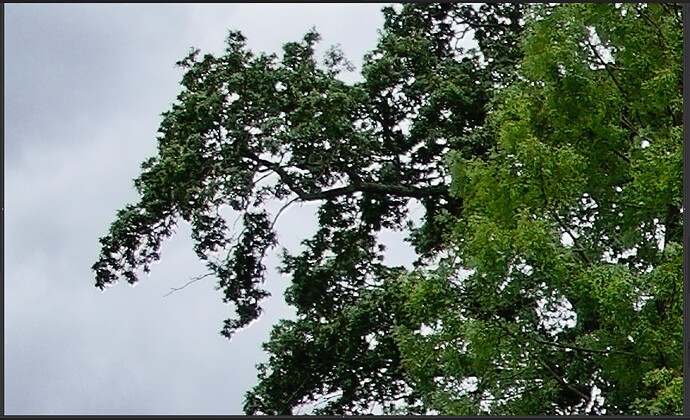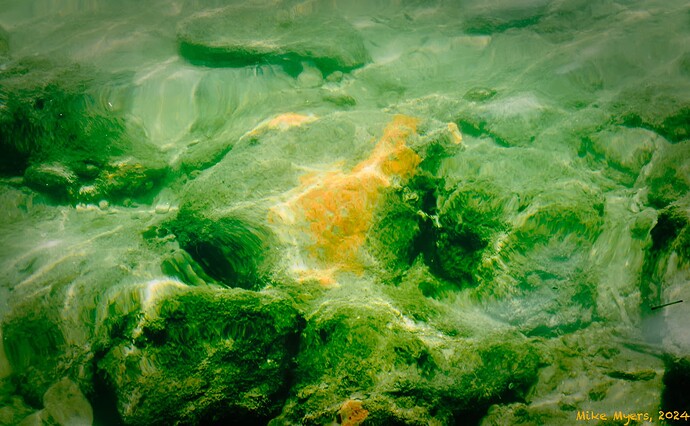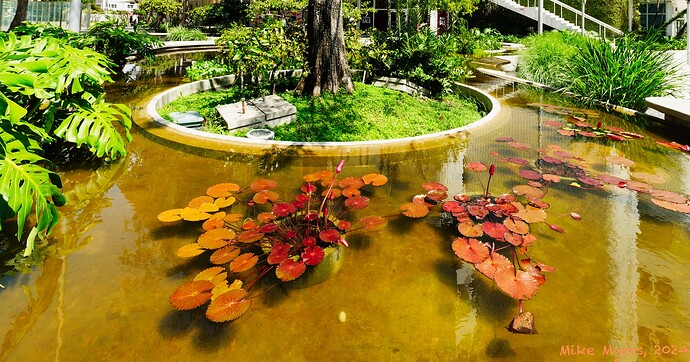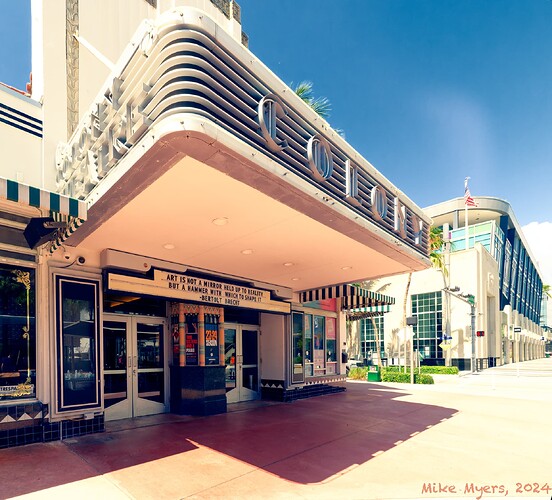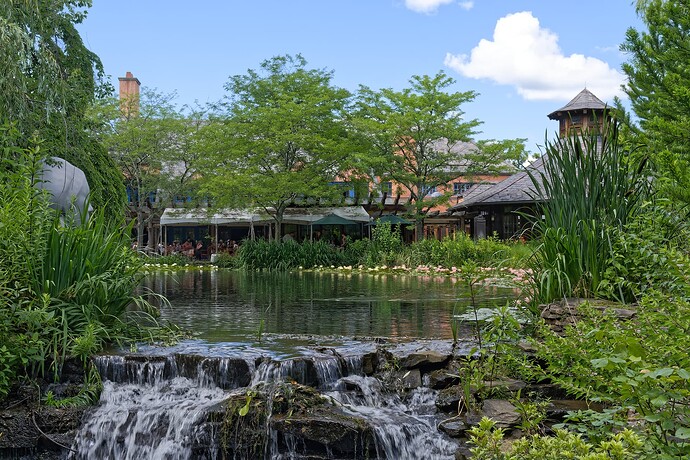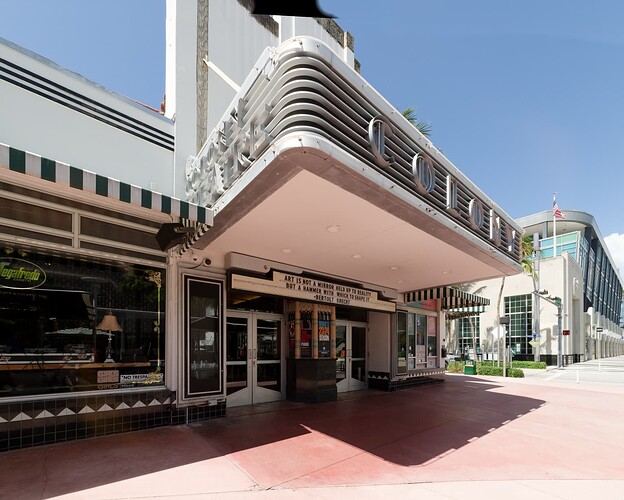To quote from the opening page for these DxO forums:
Welcome to the DxO PhotoLab forum! In this section, share your feedback, ideas, questions, and photos processed using DxO PhotoLab.
Until now I have been posting my images in one of the existing threads, mostly the “Off Topic” threads. Then they get buried under a gazillion other posts. I suspect DxO would prefer a place for lots of people using their software to post some of their results. I guess there is also a concern, that others will copy those images. Something to think about before posting full-size images.
My own opinion is I get the most useful feedback if I post the original image, and the “.dop” file showing the changes I made using PhotoLab.
(If anyone wants to edit, or add to, correct, or delete anything I just wrote, please send your suggestion before “tomorrow”, June 30th in the USA. and I’ll revise this text.)
I have always enjoyed posting images in this forum, and I enjoy the feedback even more. Starting tomorrow, I’ll start posting images here, rather than letting them get lost in the “Off-Topic” threads. DxO has some ideas for the future, that may replace this thread. Not sure when, or if, that might happen.
